Many great New Zealand artists could inspire an art piece that would be colourful and bold. Instructed lessons would provide students with an opportunity to develop their artistic skills. Room 9 used Canva to create images as a visual aid for their learning. They adapted the programme to share their learning while developing the skills of using Canva tools to get effective results.
Looking through the range of New Zealand artists, FLOX, who is known for her use of native plants and animals in bold, layered compositions, came up. Her art encourages students to notice how colour, shape, and placement can bring a subject to life. Using her style as inspiration, students worked on their digital art projects, combining design tools with thoughtful observation to create pieces that reflected Aotearoa’s natural environment.
Lessons began by looking closely at FLOX’s murals and prints. Students observed how she layered native birds and plants, using space purposefully to build eye-catching and balanced compositions. Through group discussions, Jade and Alice identified how she uses contrast, repetition, and positioning to create depth and interest.
I picked the Kōtare because it's got bright blue and orange colours. These stand on the white background. I didn’t change the colour of the background because the kōtare also has white feathers.
Inspired by her approach to the challenge to design a digital piece featuring a native New Zealand animal, carefully placed within layers of native flora. Everyone researched their chosen animal and considered its natural colours, features, and habitat when planning their design.
I put some things behind, and others in between, used the same flower over and over again, but I just changed the sizes.
I learned how to add the waves in the transparent background so I could also see the blue background come through.
I found it interesting that Flox uses colours well to make the animals stand out.
In Canva, students explored a range of tools and techniques, including:
-
layering to build depth and dimension
-
image placement and scaling to effectively fill space
-
colour selection based on the natural tones of their chosen animal and plants
-
transparent overlays to help flora blend behind and around the animal.
A key part of the task was arranging the flora so the animal appeared to be resting naturally within it, not just sitting on top. Students thoughtfully placed leaves, ferns, and flowers around their animal, using layering to help the animal feel part of its environment, just as FLOX does in her own work.
I learned about the transparent tool and how to add different shapes and textures for effects in the picture. I made sure to use colours that were similar to the animals'
Throughout this project, students developed both their artistic and digital design skills. They also gained a deeper appreciation for New Zealand’s biodiversity and explored how art can be used to celebrate the natural world.
I learnt to overlap the images and create different layers in the poster.
Riley - I learnt how to use the transparent tools to make the pictures see-through.
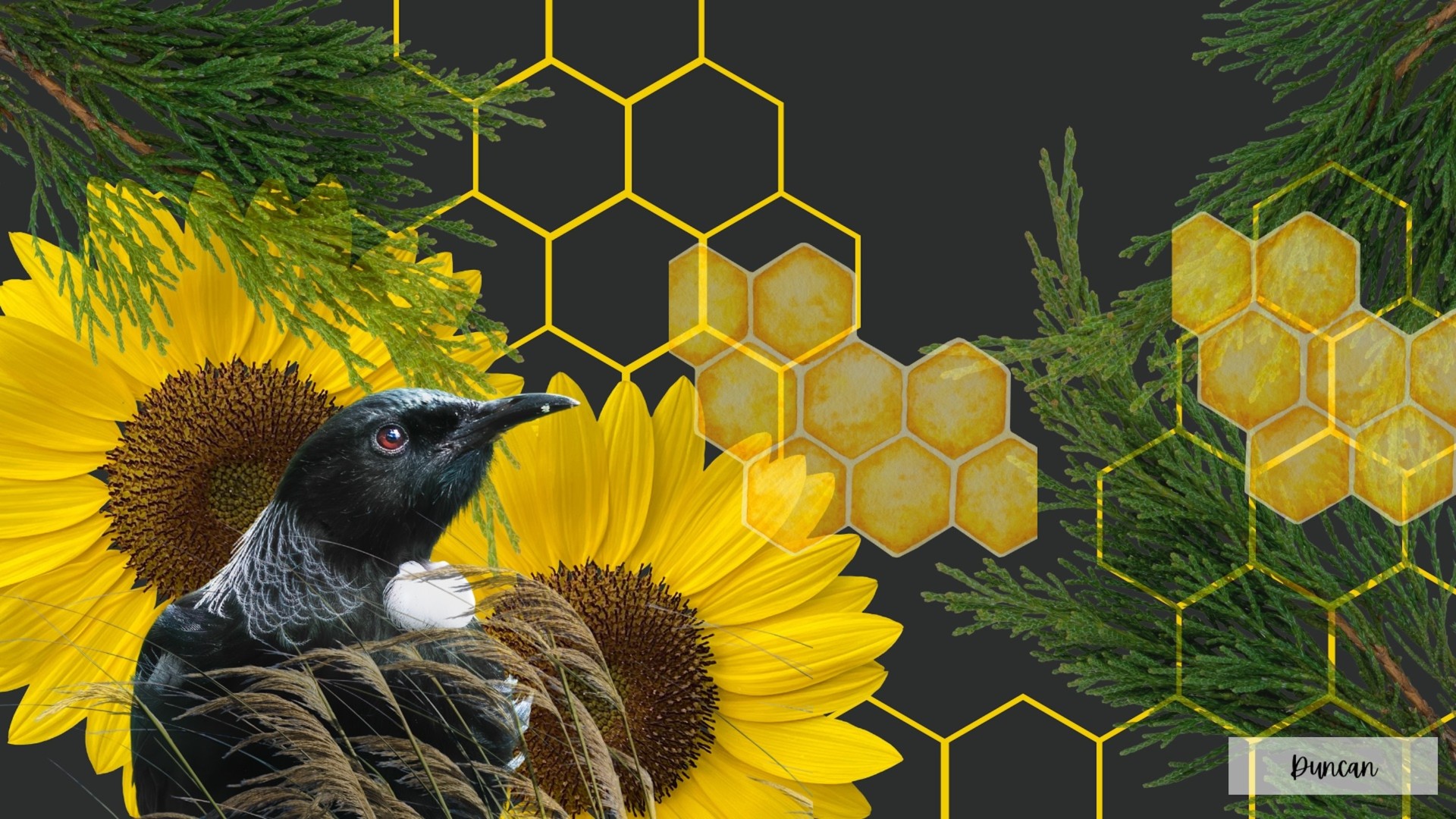


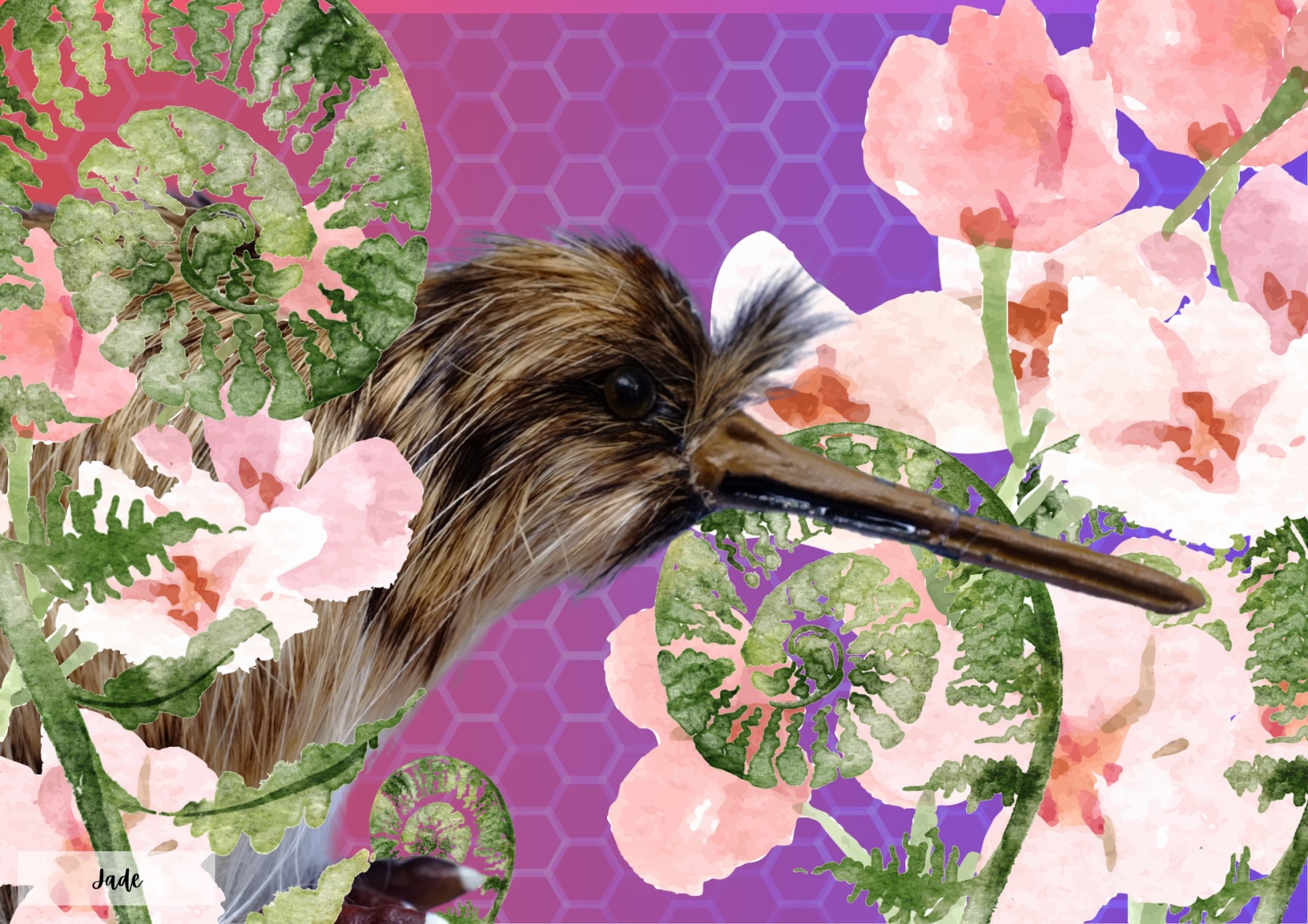



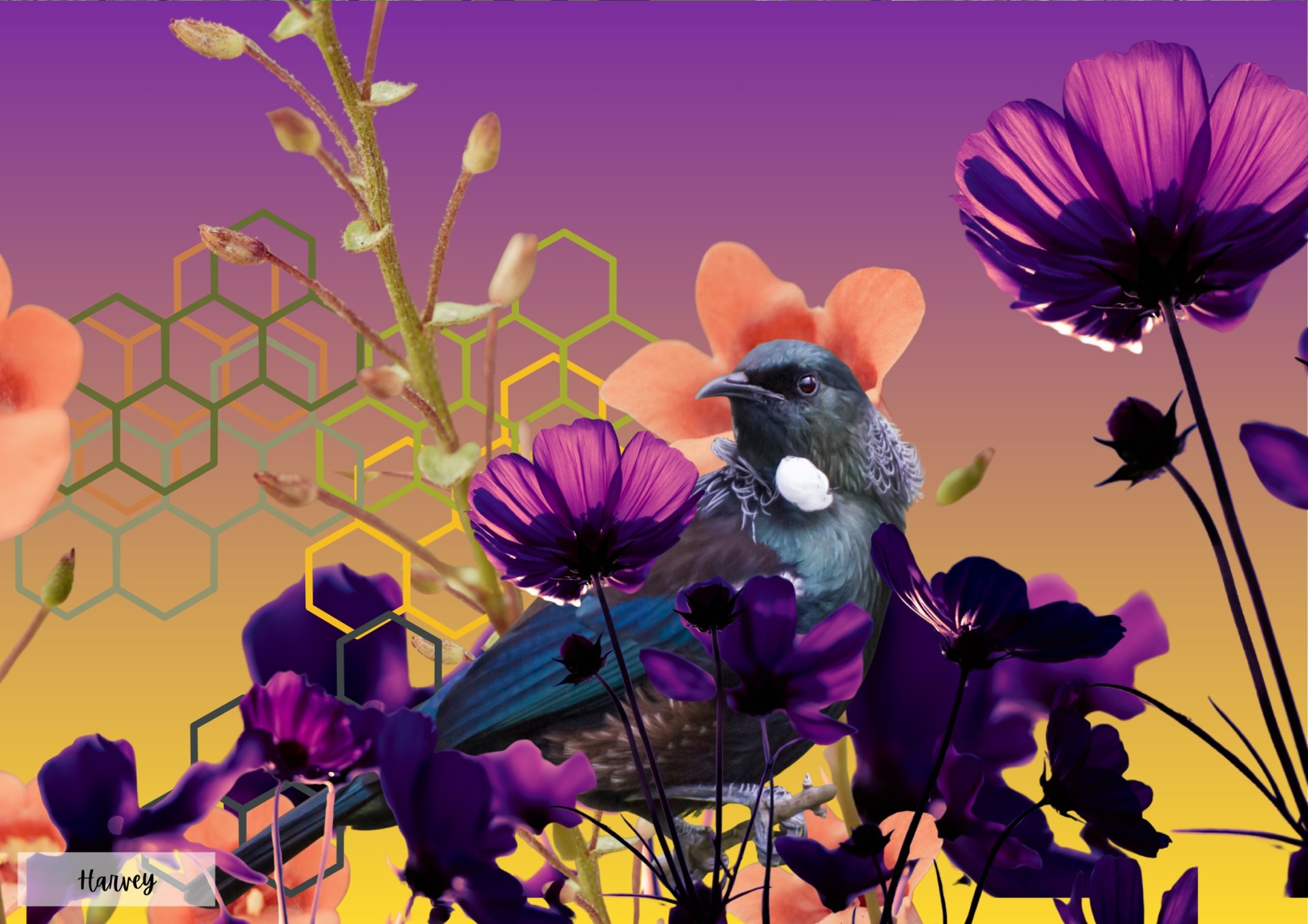

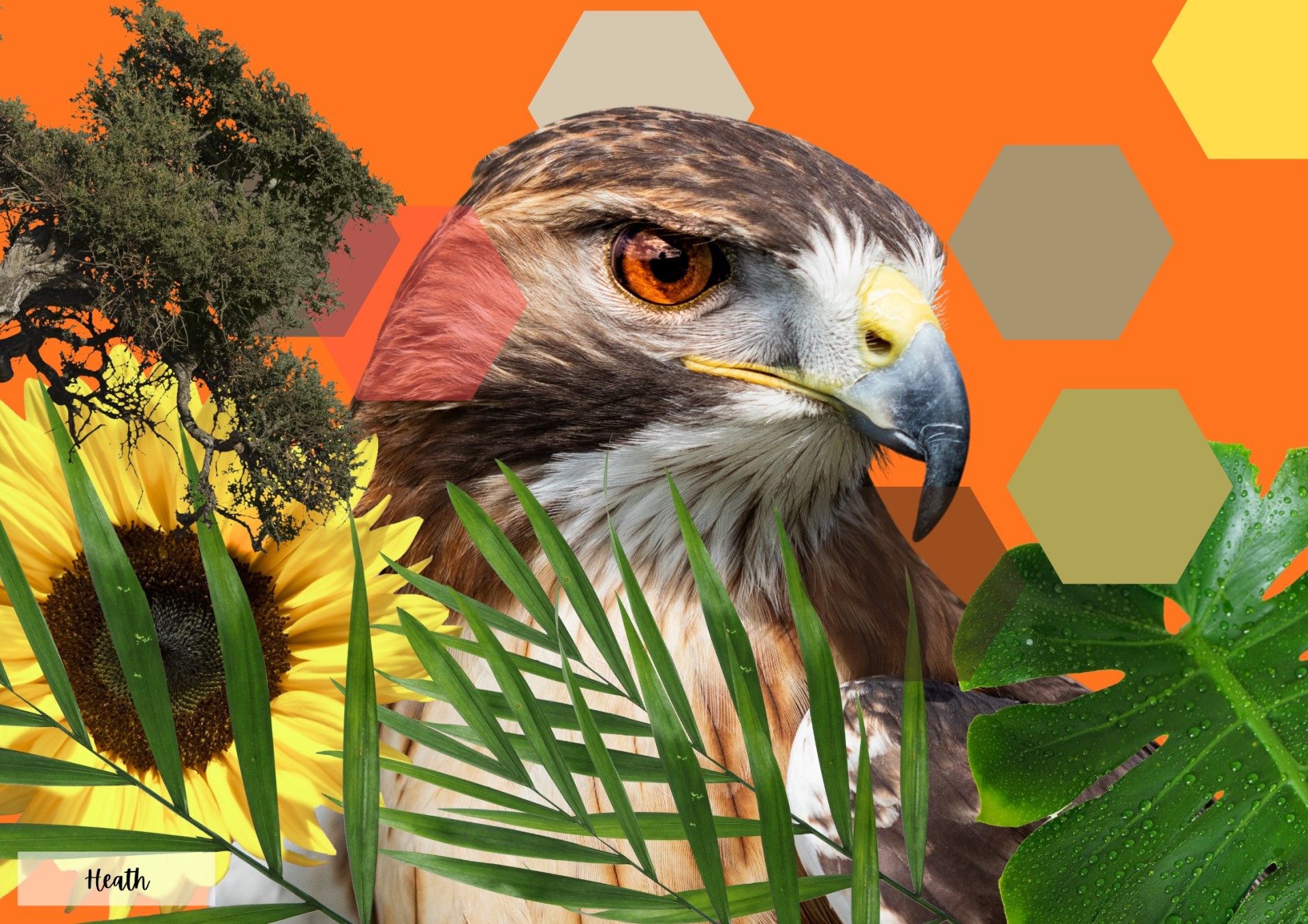
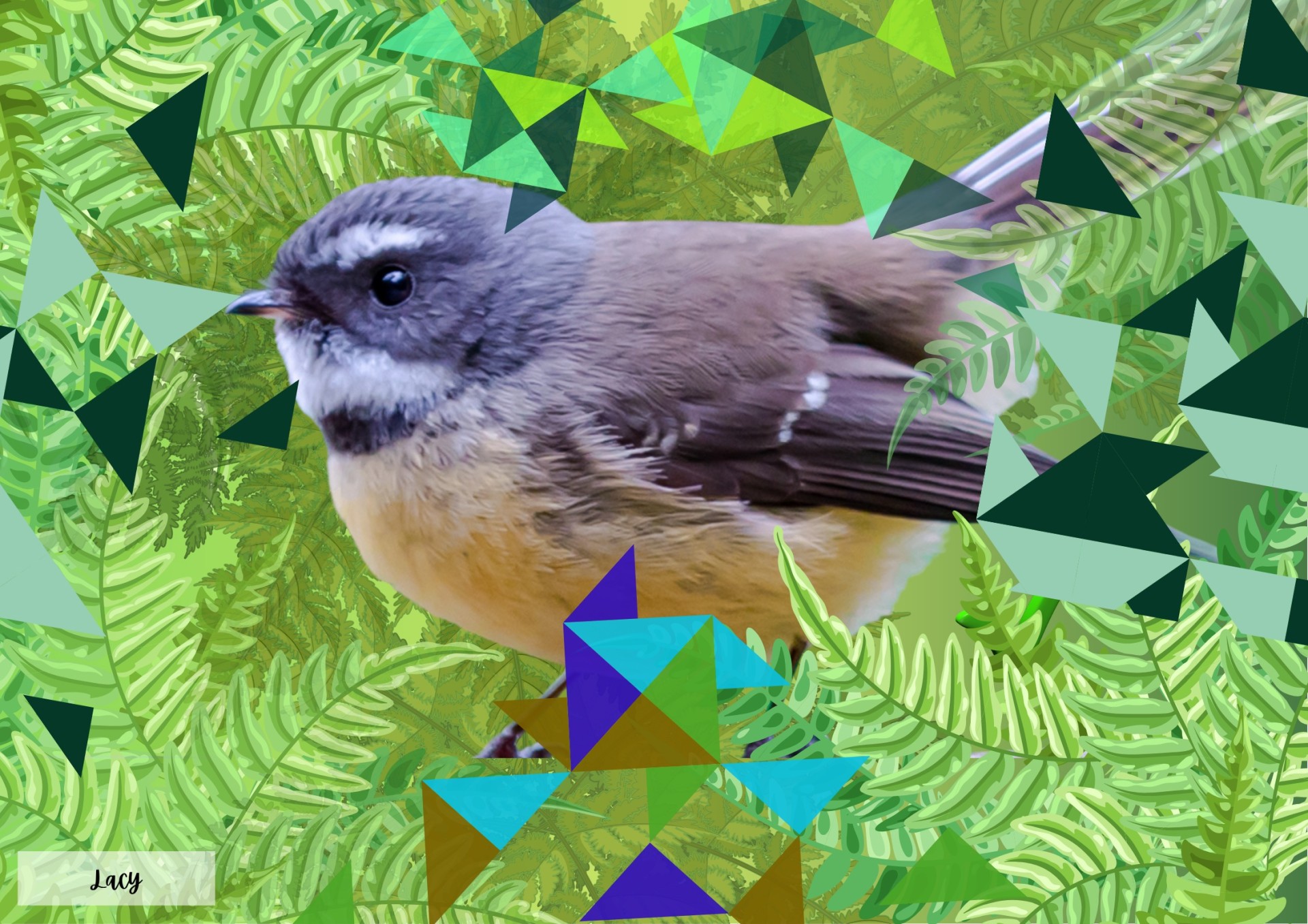
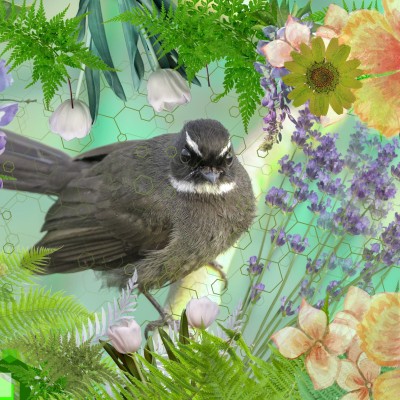


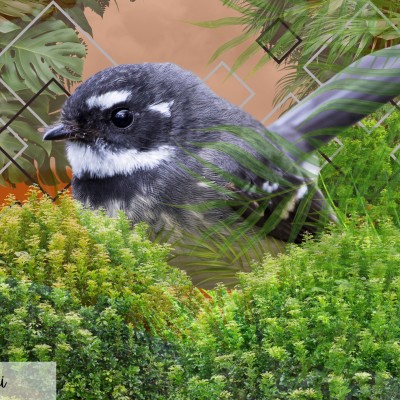
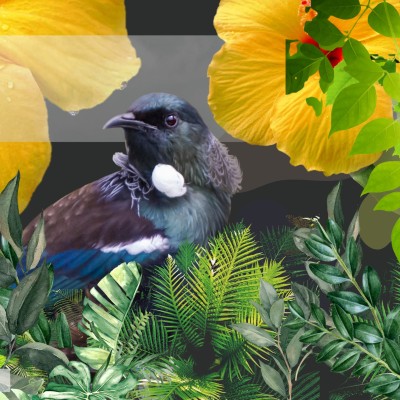

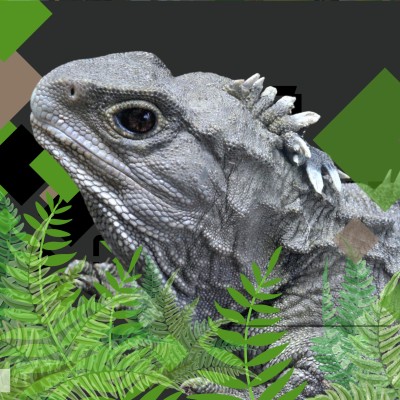
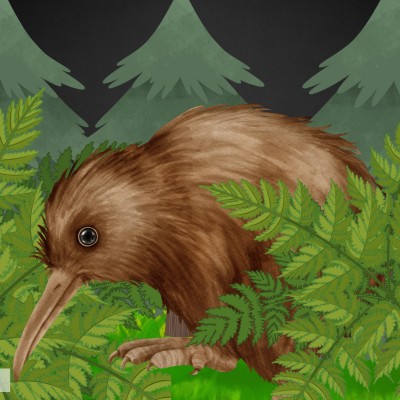
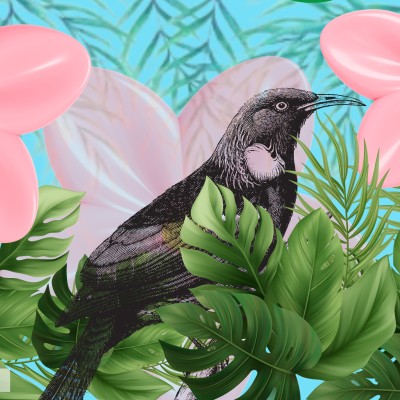

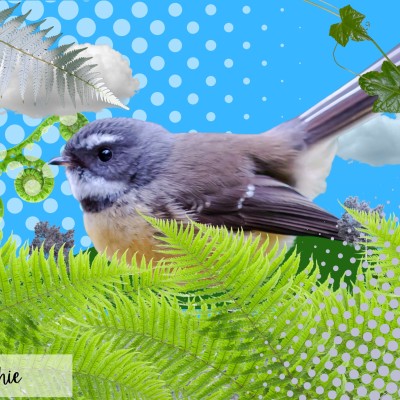
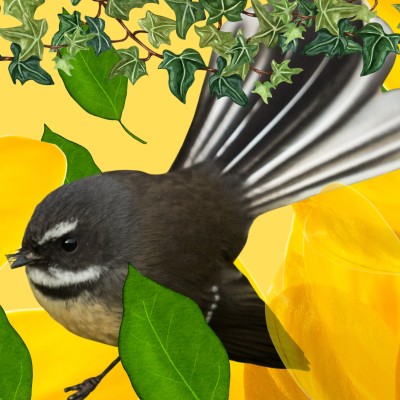
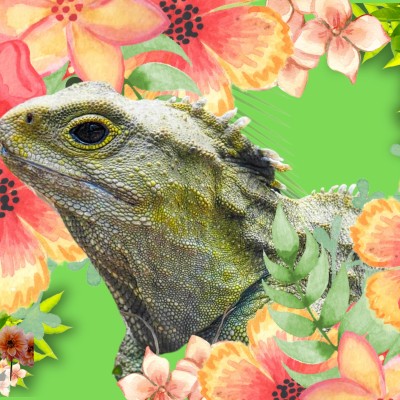


Comments
No one has commented on this post yet.